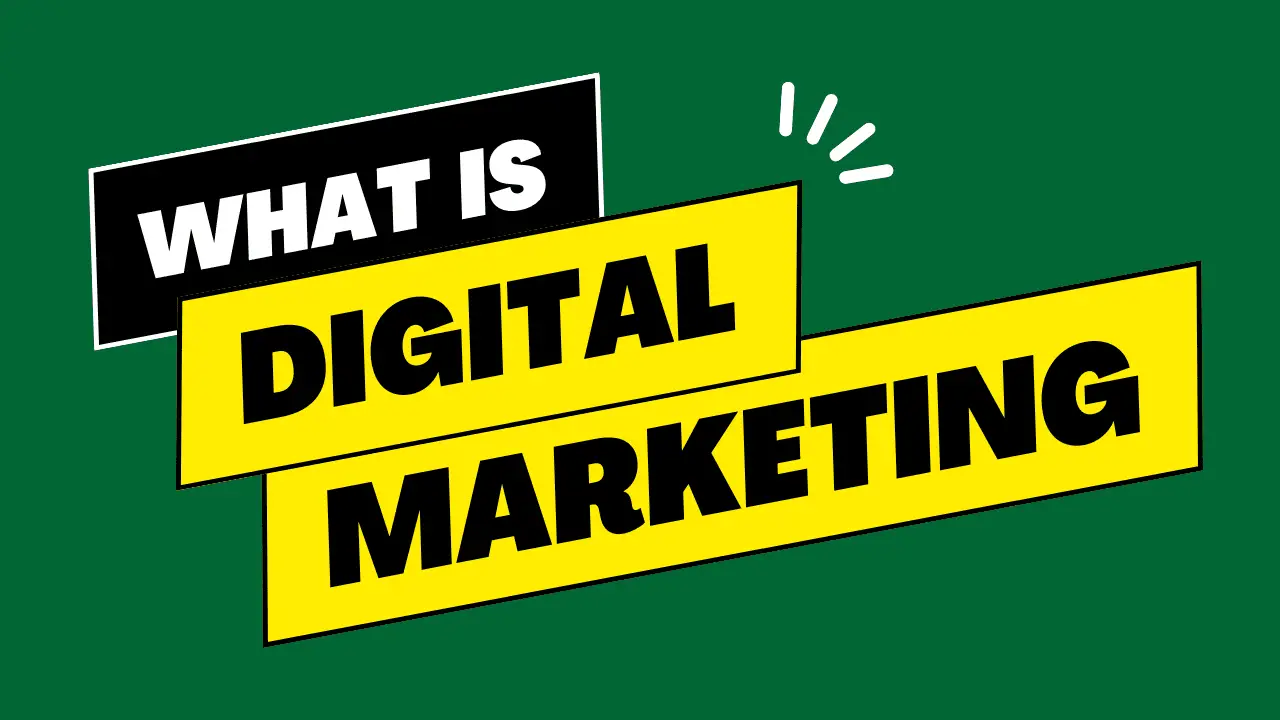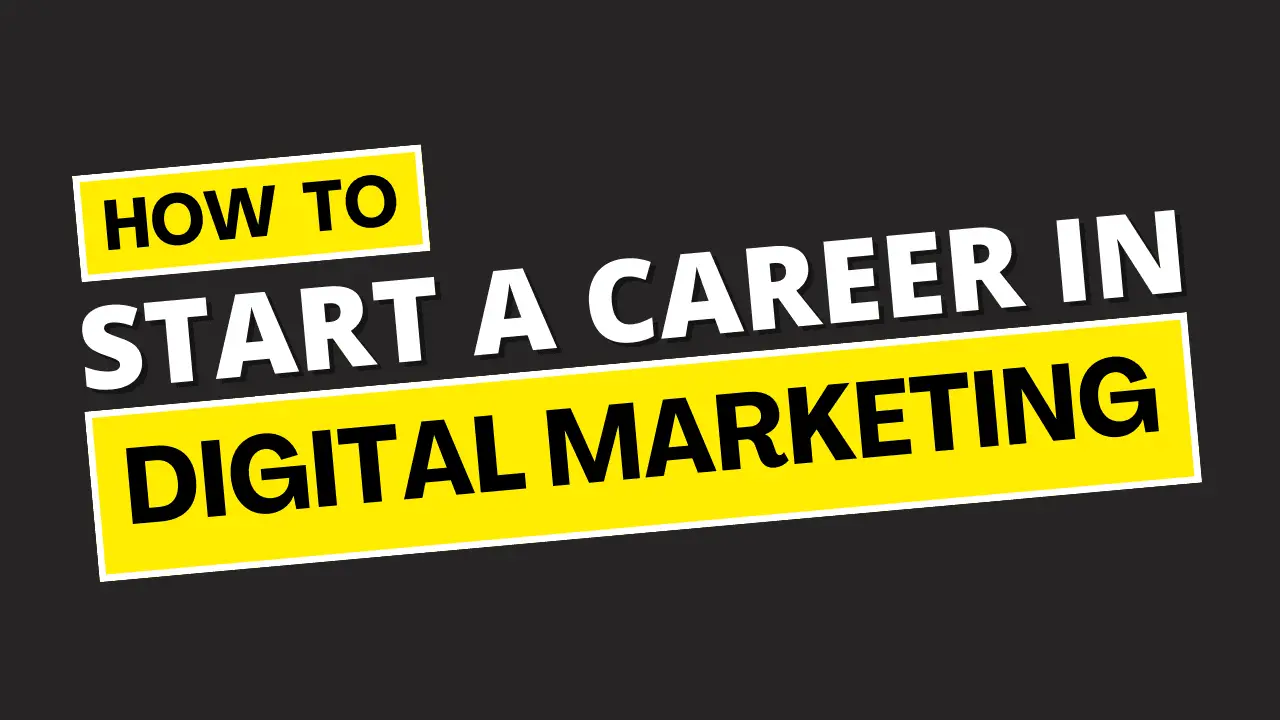What Is Digital Marketing
Digital marketing is a comprehensive strategy for promoting products, services, or brands using various online channels and technologies. It involves reaching and engaging with a target audience through digital mediums like the internet, social media, search engines, email, and mobile apps.
Digital marketing encompasses a wide range of tactics and techniques, all aimed at achieving specific marketing objectives.
Here’s a detailed breakdown of digital marketing components with examples:
1. Website Marketing:
- A company’s website is often the centerpiece of its digital marketing efforts. It serves as an online storefront and provides information about products, services, and the brand itself. An effective website is optimized for user experience and SEO.
- Example: An e-commerce site like Amazon allows users to browse and purchase products online.
2. Search Engine Optimization (SEO):
- SEO involves optimizing a website to rank higher in search engine results pages (SERPs) for relevant keywords.
- Example: A company that sells fitness equipment may use SEO to ensure their website appears at the top of Google’s results when users search for “best home gym equipment.”
3. Content Marketing:
- Content marketing is about creating and distributing valuable, relevant content to attract and engage a target audience.
- Example: A software company might create blog posts, videos, or infographics that explain how to use their product effectively or provide insights into industry trends.
4. Social Media Marketing:
- This involves using social media platforms (e.g., Facebook, Instagram, LinkedIn, Twitter) to connect with the audience, build a brand, and drive traffic to a website.
- Example: A fashion retailer may run an Instagram campaign to showcase their latest clothing line, using popular hashtags and influencers to increase reach and engagement.
5. Email Marketing:
- Email marketing entails sending targeted messages to a list of subscribers to promote products, share updates, or nurture customer relationships.
- Example: An e-commerce business might send personalized product recommendations and exclusive discounts to their email subscribers.
6. Pay-Per-Click Advertising (PPC):
- PPC advertising involves placing ads on search engines or social media platforms and paying only when users click on them.
- Example: A travel agency might use Google Ads to display their vacation packages to users searching for “beach getaways.”
7. Display Advertising:
- Display ads are visual ads (such as banners or videos) that appear on websites or apps and are used to create brand awareness or drive traffic.
- Example: A car manufacturer may run display ads on automotive websites and YouTube to promote their latest car model.
8. Affiliate Marketing:
- Affiliate marketing is a performance-based model where businesses reward affiliates for driving traffic or sales to their website.
- Example: An online book retailer may partner with bloggers and pay them a commission for every sale made through their unique affiliate links.
9. Influencer Marketing:
- Influencer marketing involves partnering with influencers who have a significant following in a particular niche to promote a product or service.
- Example: A skincare brand may collaborate with a popular beauty influencer to review and endorse their new skincare line.
10. Video Marketing:
- Video marketing is the use of video content to engage and inform an audience, often through platforms like YouTube or social media.
- Example: A cooking appliance company might create how-to cooking videos featuring their products and share them on YouTube and Facebook.
11. Mobile Marketing:
- With the increasing use of smartphones, mobile marketing targets users on their mobile devices through SMS, in-app advertising, or mobile-optimized websites.
- Example: A local restaurant might send SMS coupons to nearby customers.
12. Analytics and Data Analysis:
- This involves using tools to track and measure the performance of your digital marketing efforts. It helps you understand what’s working and what isn’t.
- Example: Using Google Analytics, you can track metrics like website traffic, conversion rates, and user behavior to evaluate the effectiveness of your marketing campaigns.
13. Remarketing/Retargeting:
- This strategy involves targeting users who have previously visited a website or interacted with a brand but didn’t complete a desired action, like making a purchase.
- Example: An e-commerce store might use retargeting ads to show abandoned cart items to users who didn’t complete their purchases.
Digital marketing allows businesses to reach a global audience, target specific demographics, track and measure results, and adjust strategies in real-time. It is a dynamic field that continuously evolves as technology and consumer behavior change, making it crucial for businesses to stay up-to-date with the latest digital marketing trends and best practices.


